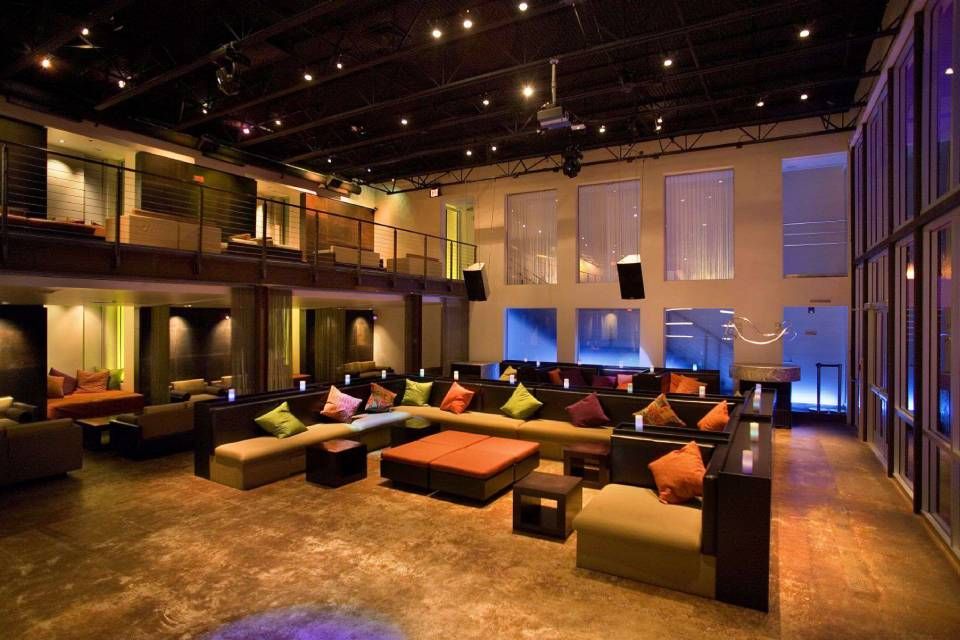In bright illumination environments, motion detection is generally more reliable. When there is ample illumination, sensors and cameras can obtain clearer pictures, which helps in recognizing dynamic objects. Well-lit environments allow for better distinction between the moving object and the background. This differentiation is essential for both human viewers and automated technologies, as it facilitates it easier to distinguish between static and moving objects in a scene. Therefore, making sure that areas are adequately illuminated can significantly enhance the effectiveness of motion detection technologies.
On the more information other hand, low-light environments can pose difficulties for motion detection. In low-light environments, darkness can obscure dynamic objects, making them hard to detect. Additionally, the eye struggles to detect movement in dim conditions, which can lead to misunderstanding of what is happening in the surroundings. Cameras might also encounter difficulties, as many do not function well in low light without the use of infrared capabilities or other enhancements. These limitations highlight the significance of adequate illumination look these up in settings where movement detection is critical.
Additionally, various types of illumination can have varying impacts on movement detection. For instance, neon lights can flicker, which can confuse motion detection systems that rely on steady light sources. On the other hand, daylight provides a steady form of illumination that enhances clarity. Understanding these variations in lighting types can guide operators in selecting the most appropriate lighting for specific uses, especially in surveillance and safety scenarios.

In summary, the relationship between lighting conditions and motion detection precision is important. By making sure that environments are appropriately lit, we can improve the dependability of movement detection technologies. This understanding not only supports tech applications but also improves safety and security in multiple environments. As further advancements are made in motion detection technology, taking into account illumination environments will continue to be a crucial consideration in optimizing performance and ensuring that these systems work effectively in various conditions.